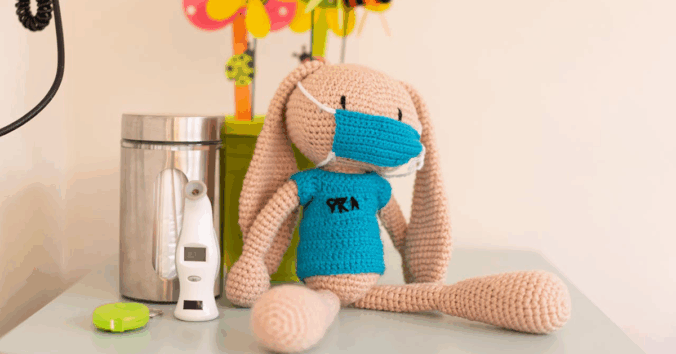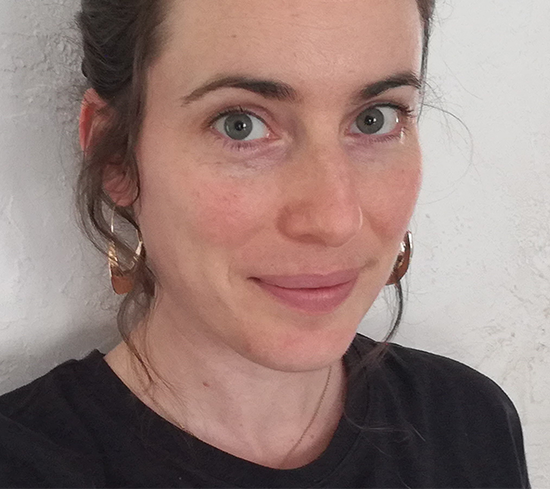A fascinating paper by Fredrik Andersen, Rani Lill Anjum, and Elena Rocca, “Philosophical bias is the one bias that science cannot avoid,” reminds us of something fundamental, but often forgotten, about the nature of scientific inquiry. Every scientist, whether they realize it or not, operates with fundamental assumptions about causality, determinism, reductionism, and the nature of reality itself. These “philosophical biases” are, they write, unavoidable foundations that shape how we see, interpret, and engage with the world.
The authors show us, for instance, how molecular biologists and ecologists approached GM crop safety with entirely different philosophical frameworks. Molecular biologists focused on structural equivalence between GM and conventional crops, operating from an entity-based ontology where understanding parts leads to understanding wholes. Ecologists emphasized unpredictable environmental effects, working from a process-based ontology where relationships and emergence matter more than individual components. Both approaches were scientifically rigorous. Both produced valuable insights. Yet neither could claim philosophical neutrality.
If science cannot escape philosophical presuppositions, what about counseling and psychotherapy? When a counselor sits with a client struggling with identity, purpose, or belonging, what is actually happening in that encounter? The moment guidance is offered, or even when certain questions are asked rather than others, something interesting occurs. But what exactly?
Consider five questions that might help us see what’s already present in counseling practice:
How do we understand what makes someone themselves? When a counselor helps a client explore their identity, are they working with a theory of personal continuity? When they encourage someone to “be true to yourself,” what assumptions about authenticity are at play? Even the counselor who focuses purely on behavioral techniques is making a statement about whether human flourishing can be addressed without engaging questions about what it means to exist as this particular person. Can we really separate therapeutic intervention from some implicit understanding of selfhood?
What are we assuming about the relationship between mind and body, symptom and meaning? A client arrives with anxiety. One practitioner might reach for cognitive restructuring techniques, another for somatic awareness practices, another for meaning-making conversations. Each choice reflects philosophical commitments about how mind and body relate, whether psychological and physical wellbeing can be separated, and what we’re actually addressing when we work with distress. But do these commitments disappear simply because they remain unspoken?
When we speak of human connection and belonging, what vision of relationship are we already inhabiting? Counselors regularly address questions of intimacy, community, and social bonds. In doing so, might they be operating with implicit theories about what constitutes genuine connection? When guiding someone toward “healthier relationships,” are we working with philosophical assumptions about autonomy and interdependence, about what humans fundamentally need from each other? Can therapeutic work with relationships remain neutral about what relationships fundamentally are?
What understanding of human possibility guides our sense of what can change? Every therapeutic approach carries assumptions about human agency and potential. When we help someone envision different futures, when we work with hope or despair, when we distinguish between realistic and unrealistic goals, aren’t we already operating with philosophical commitments about what enables or constrains human possibility? A therapist who insists that their work deals only with “what’s practicable” seems to be making a philosophical claim; that human existence can be adequately understood through purely pragmatic or practical categories.
How do questions of meaning, purpose, and value show up in therapeutic work, even when uninvited? A client asks not just “How can I feel less anxious?” but “Why do I feel my life lacks direction?” or “What makes any of this worthwhile?” These questions of meaning arise in therapeutic encounters even in approaches that don’t explicitly address them. When such questions surface, can a counselor respond without engaging philosophical dimensions? And if we attempt to redirect toward purely behavioral or emotional terrain, aren’t we implicitly suggesting that questions of meaning and purpose are separate from genuine wellbeing?
Just as scientists benefit from making their philosophical presuppositions explicit and debatable, might therapeutic practitioners benefit from acknowledging and refining the philosophical commitments that already shape their work?
Read the full paper: Philosophical bias is the one bias that science cannot avoid.

Written by…
Luis de Miranda, philosophical practitioner and associated researcher at the Center for Research Ethics and Bioethics at Uppsala University.
Andersen, F., Anjum, R. L., & Rocca, E. (2019). Philosophical bias is the one bias that science cannot avoid. eLife, 8, e44929. https://doi.org/10.7554/eLife.44929
We like challenging questions













